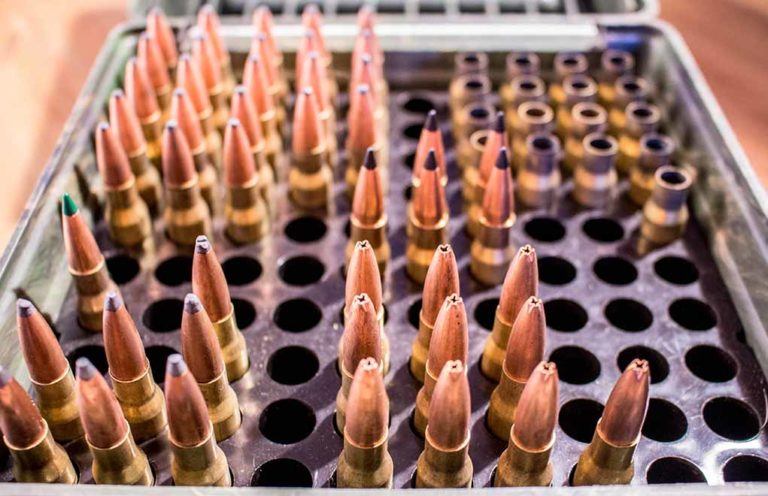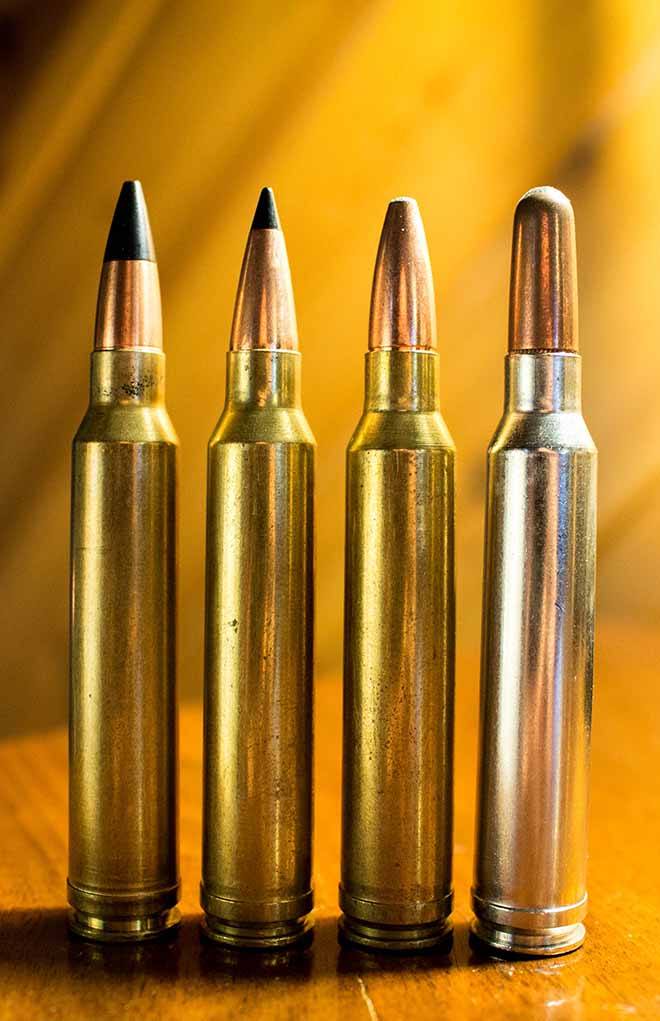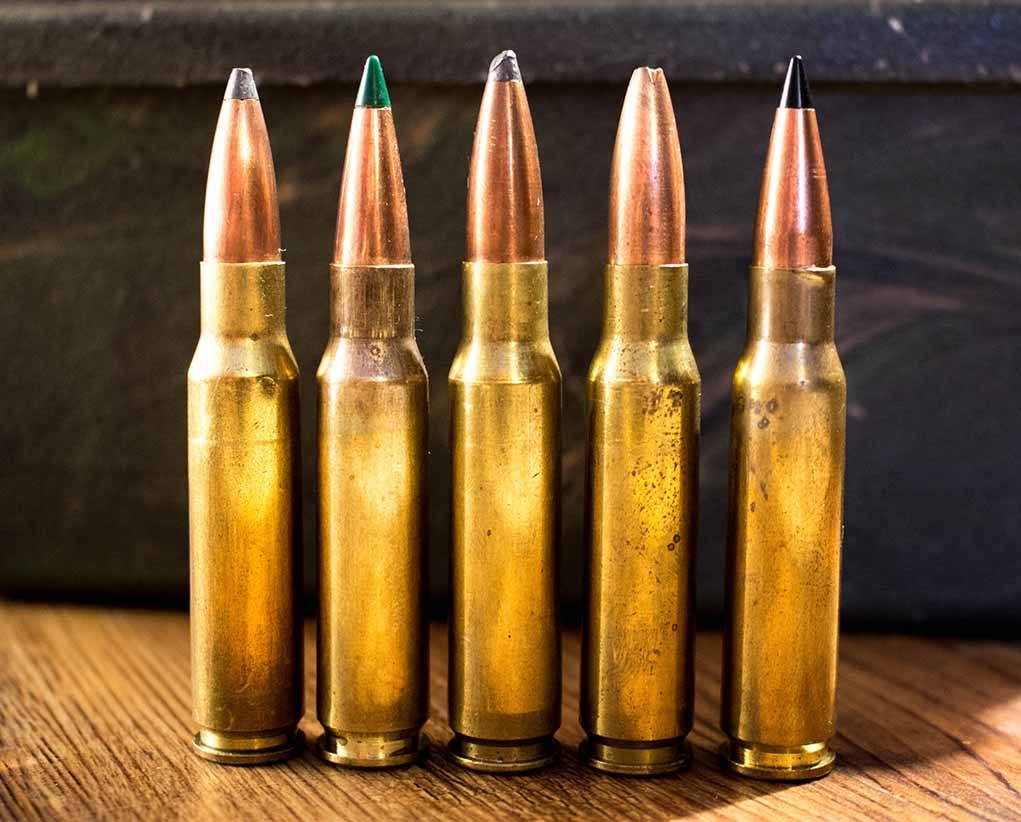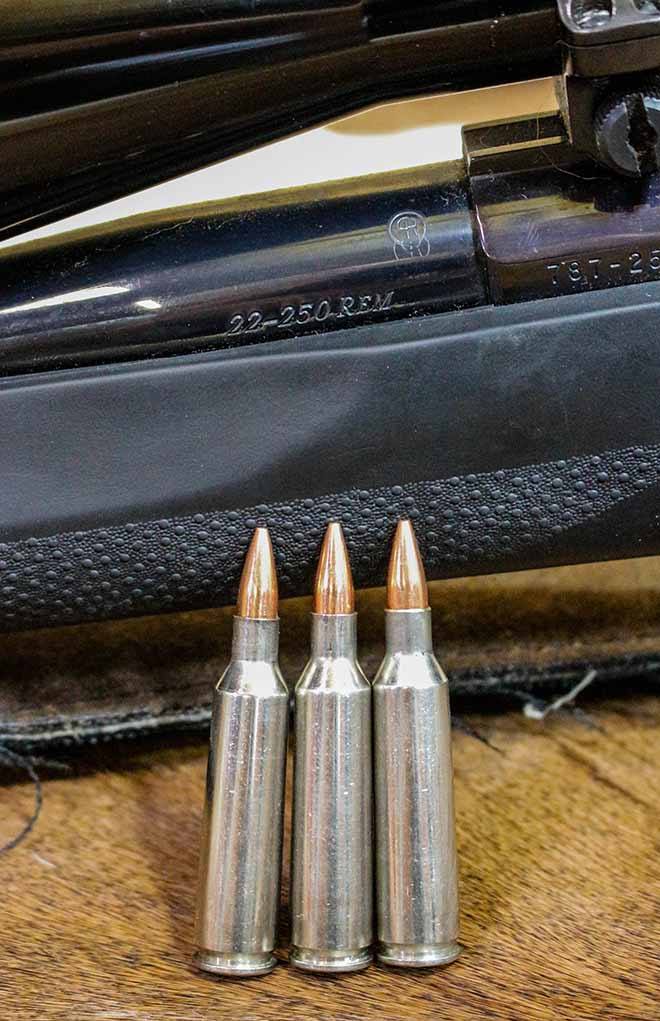
Handloading is all about creating personalized options, but going overboard can get messy.
How To Cut The Clutter Of Too Many Loads For One Rifle:
- Evaluate what you use the rifle for the most and stick to the loads that work best for those applications.
- Find powders that enhance more than one caliber, instead of specific ones.
- Stock up on the particular components that produce you best loads.
Perhaps the actual question posed in the title of this column should have read, “How many is too many?” I have long preached the virtues of reloading, and how versatile it can make a cartridge. It doesn’t really matter whether we’re talking about handgun or rifle ammunition, sooner or later an eager reloader falls into the trap: Too many loads for one particular gun. I’ve been as guilty as anyone, and it’s left me with a mess.
Now, I’m not suggesting that we all need to be a one load/one cartridge shooter, because I enjoy the diversity of owning many different rifles and handguns, but I fully admit I have way too many loads for certain rifles. It started with my .308 Winchester: Once I successfully made it go bang, I spent a few deer seasons with those first handloads, but it wasn’t long until the bug bit me and I started the experimentation. I went completely down the rabbit hole, and soon I had coyote loads built around the 125-grain Nosler Ballistic Tip, close-up deer loads built around the 165-grain bullets, far-away deer loads built around 150-grain boat-tail spitzers, bear loads with 180-grainers and moose loads with 200-grain premium slugs.

In theory, this worked perfectly, except that it left me with a ton of overlap and a bit of a mess on the bench. Though I swore I wouldn’t do it, I did the same thing with the .300 Winchester Magnum, though I ended up using that cartridge in a few more situations than I did the .308 Winchester. The same went for the .45 Colt revolver — and the .38 Special, and the .375 H&H Magnum — and so on and so on.
Culling The Clutter
Over time, I’d be left with a handful of each load — maybe enough for a hunt, maybe not — stuffed in a box and collecting dust. The resulting hodgepodge got to me one day, and I vowed to get things under control. I rethought the entire process, reflecting on what I was actually using each rifle for, and making a conscious decision to trim things down.
I settled on the 165-grain Sierra GameKing for the .308 Winchester, because that would handle what I used that rifle for most — deer and black bears. For the .300 Winchester, I found that the 180-grain bullets gave me the best balance of accuracy and velocity, so unless there was some instance where I felt that wouldn’t fit the bill, the Swift Scirocco II got the nod. The .375 H&H shot so well with the 300-grain bullets that I really didn’t see any reason to use anything else; the trajectory was flat enough and the energy and penetration was excellent, so most of my time spent with that rifle saw 300-grain Swift A-Frames sent down the barrel, and that formula worked very well for me.

The same can be said for powder selections. In an attempt to maximize the performance of each bullet weight, I ended up with more powders than I needed. There were some specialty situations — my .22-250 Remington runs on H380 and that powder is reserved for that cartridge — but what I tried to do was find some common ground between my cartridges.
Load Up On Reloading Info:
- The Flexible And Forgiving .30-06 Springfield
- The .45 Colt: A Wheelgun Classic
- .300 Win. Mag.: The Answer To Most Hunting Questions
- Tips For Reloading the .223 Remington
I got the .300 Winchester to run very well on IMR 4350, and in time, I got that powder to work very well in the .375 H&H. The .308 Winchester and IMR4064 go together like peanut butter and jelly, so there was no question there. I could make that work in the .375 without too much trouble — it’s actually an ideal powder for that old case — and it would function in the .22-250 Remington, though not as accurate as my H380 load, but in a pinch it would suffice for coyote season.
All this wonderful planning ended with the ammunition drought of 2013; factory ammunition was simply flying off the shelves — to the point where the cupboard was bare — and by mid-year even components were becoming a rarity. Brass cases were being hoarded, reloaders were buying up nearly any powder they could get — and trying to make it work — to propel what component bullets they could find. I refer to this 2-year period as the “Dark Ages of Reloading,” and I’m personally grateful that the drought only lasted about 2 years, but it was scary. What it did for me, however, was to reaffirm my idea of simplicity for my own rifles.
Finding The Sweet Spot
I knew what I needed to fuel those rifles and handguns I depended upon most, and once supplies of the components I needed became available, I picked up enough powder, primers and bullets to make sure I wouldn’t be caught short. This buying en masse actually improved my handloads, as I had larger quantities of the same lot of product. For powder, instead of buying a 1-pound can as I needed it, I invested in 8-pound containers: I saw an improvement in accuracy, as this removed the lot-to-lot variations in burn rate. The same could be said for primers; having at least 1,000 of each type on-hand at any given time allowed me not only to fuel my own rifles, but I could help out a friend or two if needed.

Being completely honest, once I began writing books and magazine articles about reloading, I got to know most of the biggest names in the reloading industry. During the course of testing and evaluation for so many of these articles, I have been provided with many different components to test, and the struggle of obtaining what I need is not what it was years ago, but that doesn’t mean that I don’t remember what it was like to scramble for components.
While I use my own rifles and pistols for the majority of the testing, I tend to pick one or two loads for each of them and stock up on those components. Yes, I can improvise with the library of data I’ve amassed, but it’s a good feeling going back to a proven load; it’s almost the same as an old, familiar rifle on the opening day of deer season.
In no way do I want to discourage experimentation with your handloading. As a matter of fact, I feel that versatility represents one of the joys of the hobby, but overdoing it can tend to drive you crazy. Evaluate what your shooting needs are, whether it’s a target load or hunting load, and once you have the formula nailed, stock up on the components for that particular recipe. Sometimes simplicity is the best approach.
Editor's Note: This article originally appeared in the January 2019 issue of Gun Digest the Magazine.

Next Step: Get your FREE Printable Target Pack
Enhance your shooting precision with our 62 MOA Targets, perfect for rifles and handguns. Crafted in collaboration with Storm Tactical for accuracy and versatility.
Subscribe to the Gun Digest email newsletter and get your downloadable target pack sent straight to your inbox. Stay updated with the latest firearms info in the industry.

![Best Concealed Carry Guns In 2025 [Field Tested] Wilson Combat EDC X9S 1](https://gundigest.com/wp-content/uploads/Wilson-Combat-EDC-X9S-1-324x160.jpg)


![Best 9mm Carbine: Affordable PCCs [Tested] Ruger Carbine Shooting](https://gundigest.com/wp-content/uploads/Ruger-Carbine-Shooting-100x70.jpg)
![Best AR-15: Top Options Available Today [Field Tested] Harrington and Richardson PSA XM177E2 feature](https://gundigest.com/wp-content/uploads/Harrington-and-Richardson-PSA-XM177E2-feature-100x70.jpg)
